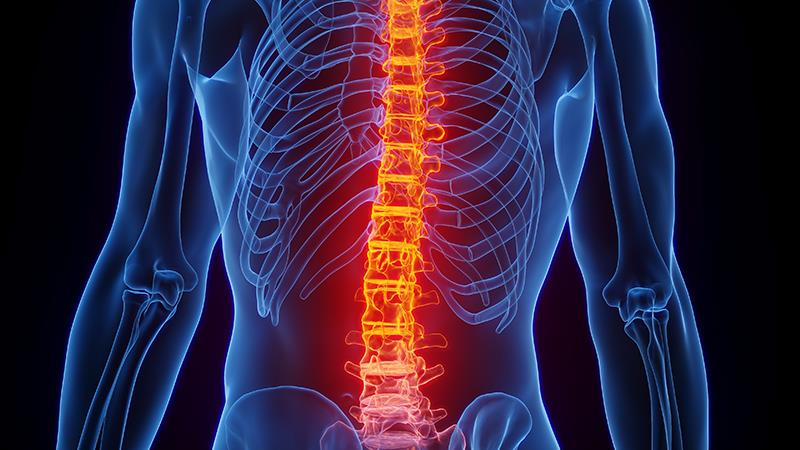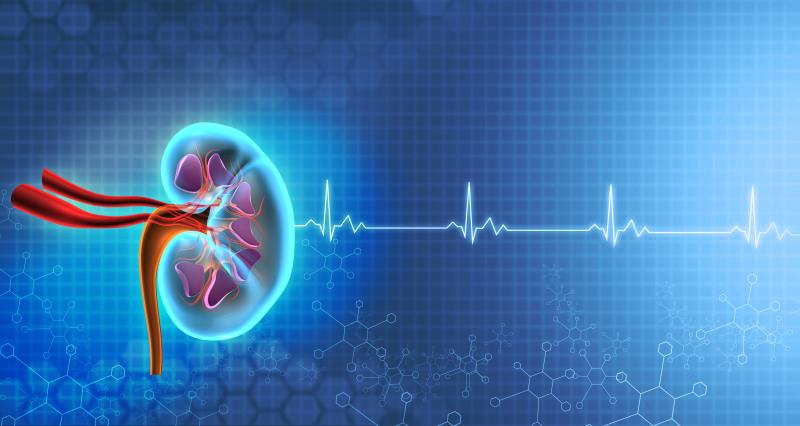Content:
Overview
Content on this page:
Overview
Content on this page:
Overview
Overview
Spondyloarthritis refers to a group of chronic inflammatory rheumatic diseases characterized by spinal and joint oligoarthritis, enthesitis, and sometimes mucocutaneous, ocular and/or cardiac manifestations.
Main clinical manifestations of ankylosing spondylitis include inflammatory back pain and stiffness, chest pain or costochondritis, alternate buttock pain, acute anterior uveitis, asymmetric oligoarthritis predominantly of the lower limbs, enthesitis (eg heel, plantar), radiographic sacroiliitis, and positive family history of ankylosing spondylitis, chronic inflammatory bowel disease or psoriasis.
Diagnosis of ankylosing spondylitis is definite if any of the radiological criterion is associated with at least one clinical criterion.
Disease management involves the combination of non-pharmacological and pharmacological strategies.
For further information regarding the management of Ankylosing Spondylitis, please refer to Disease Algorithm for the Treatment Guideline.
Main clinical manifestations of ankylosing spondylitis include inflammatory back pain and stiffness, chest pain or costochondritis, alternate buttock pain, acute anterior uveitis, asymmetric oligoarthritis predominantly of the lower limbs, enthesitis (eg heel, plantar), radiographic sacroiliitis, and positive family history of ankylosing spondylitis, chronic inflammatory bowel disease or psoriasis.
Diagnosis of ankylosing spondylitis is definite if any of the radiological criterion is associated with at least one clinical criterion.
Disease management involves the combination of non-pharmacological and pharmacological strategies.
For further information regarding the management of Ankylosing Spondylitis, please refer to Disease Algorithm for the Treatment Guideline.












